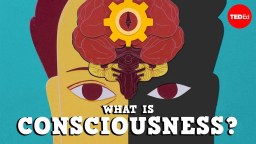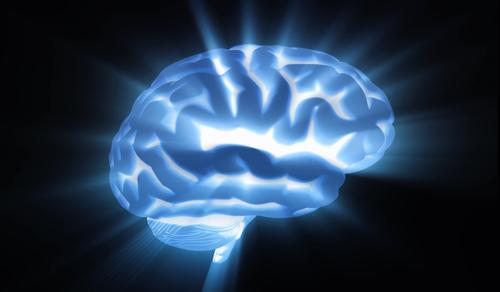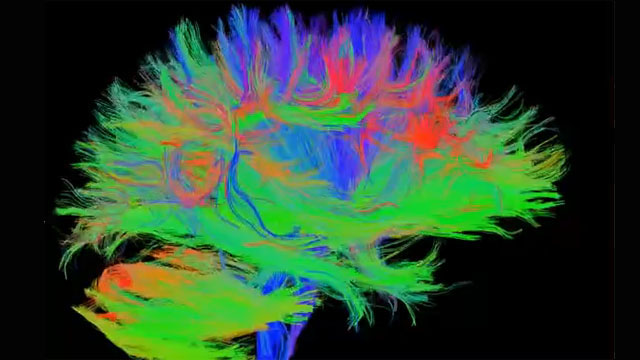Exploring the Evolution of Consciousness

What’s the Latest Development?
When it comes to locating consciousness in the brain, neuroscientists have typically looked to the cerebral cortex, a sheet of specialized neural tissue that aids in memory, awareness and thought. U.S.C. neurologist Dr. Antonio Damasio did the same in the early years of his research, but now he has taken a different view: “Through the years, I’ve become convinced that if there’s a lion’s share to be given in terms of the origins of consciousness, it has to go to the brain stem, which regulates our basic bodily functions and is really the hinge point between the body and the rest of the brain.”
What’s the Big Idea?
Rather than see consciousness as an isolated characteristic of the brain, Dr. Damasio takes the larger view, considering the role of evolution in the rise of self-awareness. As an adaptive response to our environment, Damasio thinks consciousness itself has evolved to allow humans to overcome life’s challenges in an increasingly complex world. The complex social and cultural networks that consciousness provides for are essential to human survival—both physical and mental. “That’s why people have managed throughout history to be under despotic regimes and emerge on the other side with better regimes,” said Damasio. “That’s happening right now, even as we speak.”





